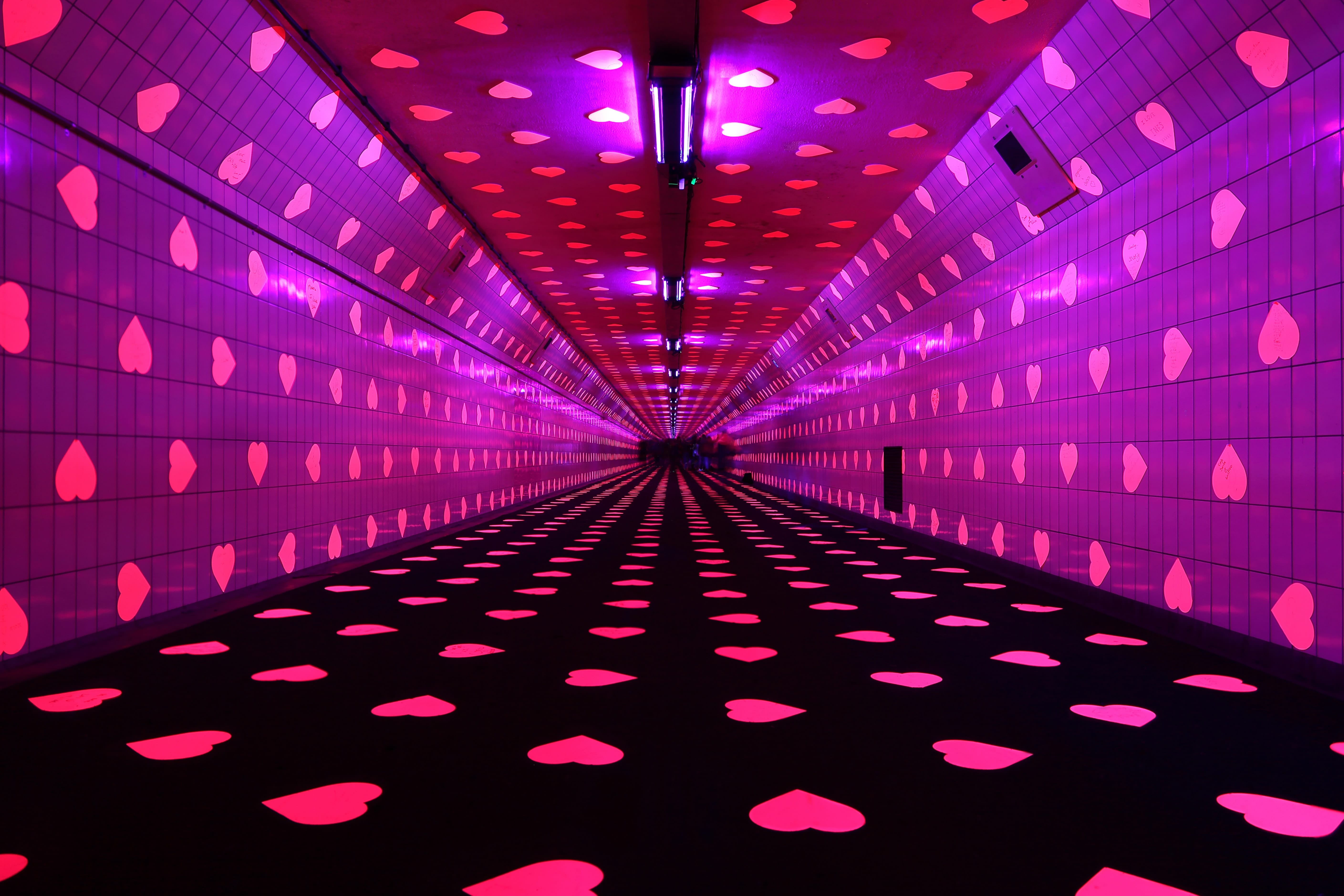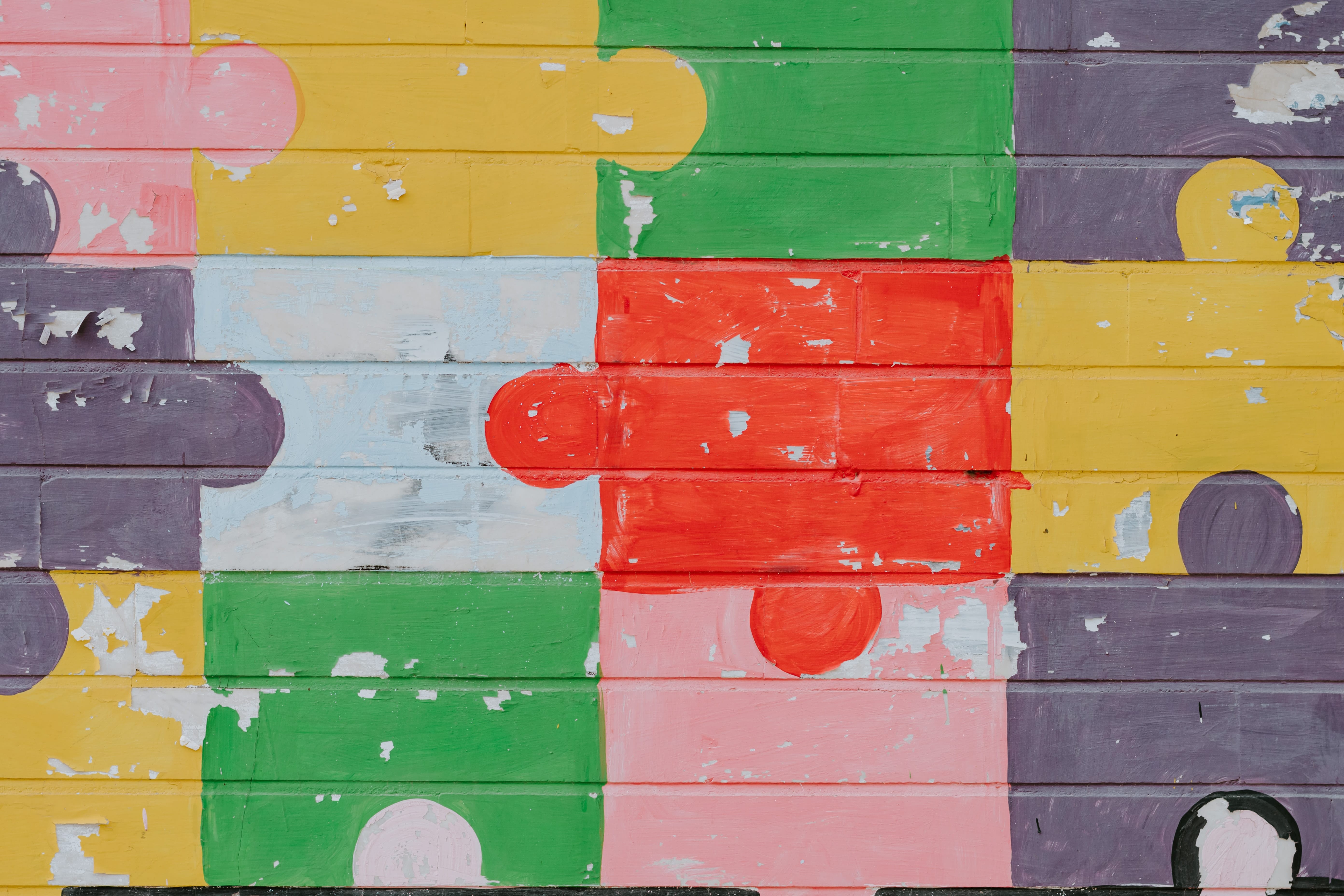Technology has the power to transform, transport, illuminate and educate, and when it’s put into students’ hands, hands-on learning can reach a whole new level. It allows students to take an active role in their own education, to find practical applications for their knowledge – to become innovators.
Not all Fun and Games
When students connect to their work and are fully engaged in their own learning it can have a powerful effect – for them, and for the community.
This has definitely been the experience for Steve Engels, Associate Professor, Teaching Stream, in the Department of Computer Science at the University of Toronto. What started as a small academic collaboration, mixing Engels’ game programmers with a cohort of designers from the Ontario College of Art & Design (OCAD U), has evolved into Ontario’s premier gaming event – Level Up.
“Level Up offers members of the public the chance to check out 80 interactive projects from 16 different institutions,” says Engels, who co-founded the event with Emma Westecott, an Assistant Professor at OCAD U.
Drawing a diverse audience – from gaming enthusiasts to industry leaders – Level Up highlights the best student game developers and designers using the most current technology and gaming platforms.
For Daphne Ippolito (who has since graduated from the Department of Computer Science), Level Up was about far more than a course grade. “Level Up is an incentive to work hard – no one wants to make a bad game. We all want to make something amazing that we can be proud to demo to our friends, professors and the industry.”
“Level Up validates students’ work,” said Engels. “Their creations are acknowledged outside the course. Students get feedback and affirmation from not only their instructors, but their peers and people who work in the gaming industry.”
Boss level unlocked.
If The Glove Fits
It’s said that necessity is the mother of invention. For professors Pat McKee and Anne Agur of the Department of Occupational Science and Occupational Therapy at U of T, and founders of Anatomy Softwear International Inc., that was definitely the case.
They “became aware that students were struggling to understand the complexities of hand anatomy and function” and that having students draw the anatomy of the hand on paper wasn’t effective. Even computer models were limited. What was needed was a reimagining of how to teach this information.
Out of this teaching dilemma, the Anatomy Glove was born. After some experimentation McKee and Agur eventually created the prototype for what would become the Anatomy Glove Learning System.
The glove allows the wearer to gain a three-dimensional understanding of the hand’s anatomical structure. Used in conjunction with twelve online tutorials, the students learn the anatomy and complex musculature of the hand by drawing directly on the glove.
According to Professor McKee “three dimensional understanding is made so much easier, because you can see it on your own hand.”
First introduced to U of T students in 2011, the Anatomy Glove Learning System has since expanded worldwide and has been used in programs including anatomy, physical therapy, occupational therapy and massage therapy.
Immersive Subversives
Taking knowledge out of the classroom and applying it to a whole new environment can produce surprising, inspired results. Steve Engels, Associate Professor, Teaching Stream in the Department of Computer Science at U of T found just that opportunity – allowing students to put their knowledge and imagination to work and take it to new places.
This past summer he invited a group of computer science students to join him in developing demo technology exhibits for the Royal Ontario Museum (ROM). “We want to show the ROM what museums are capable of,” said Engels.
Ami Powell and Gabriel Bussieres made use of an Xbox Kinect to expand the children’s costume area so visitors of any age can, according to Powell, “virtually try on different historical garments,” and Bussieres added “save your picture and send it out to social media – which also promotes the ROM.”
Third-year undergraduates Chratien Mak and Amy Xiao decided visitors should be able to experience the biodiversity exhibit firsthand. Using Oculus virtual reality goggles, the visitor dives in, hands outstretched and can see themselves in virtual form navigating the waters.
According to Cheryl Fraser, manager of the ROM’s web and social media presence, “through partnerships such as this one with the Department of Computer Science, ROM has a unique opportunity to develop new ideas and test how the newest technologies can be used in our galleries.”
Engels sums it up this way – “To create and demonstrate real-life practice is invaluable, and to innovate for a globally recognized museum and cultural leader like the ROM, is truly unique.”
With files from Nina Haikara and Orbelina Cortez-Barbosa
Learn more about Level Up, now the largest student gaming showcase in Ontario, on the Faculty of Arts & Science website.























